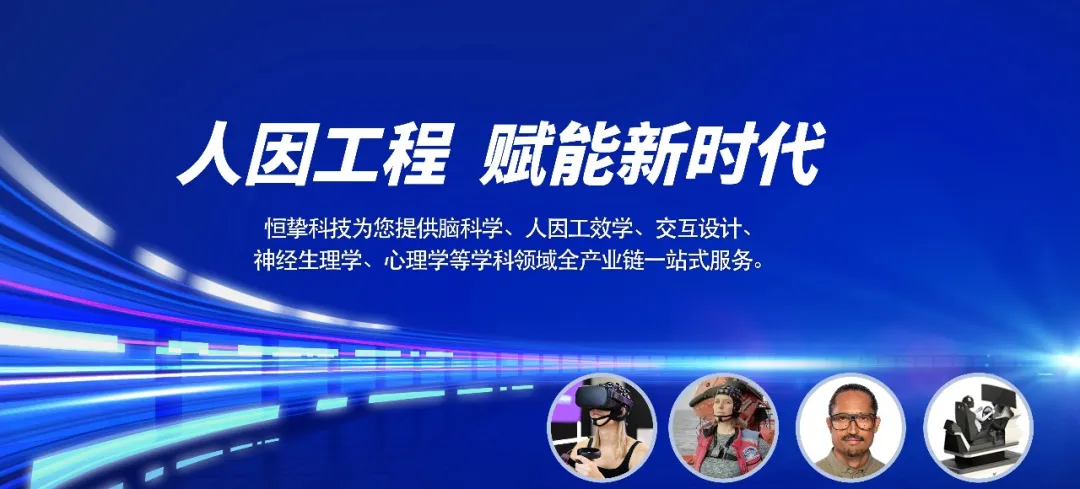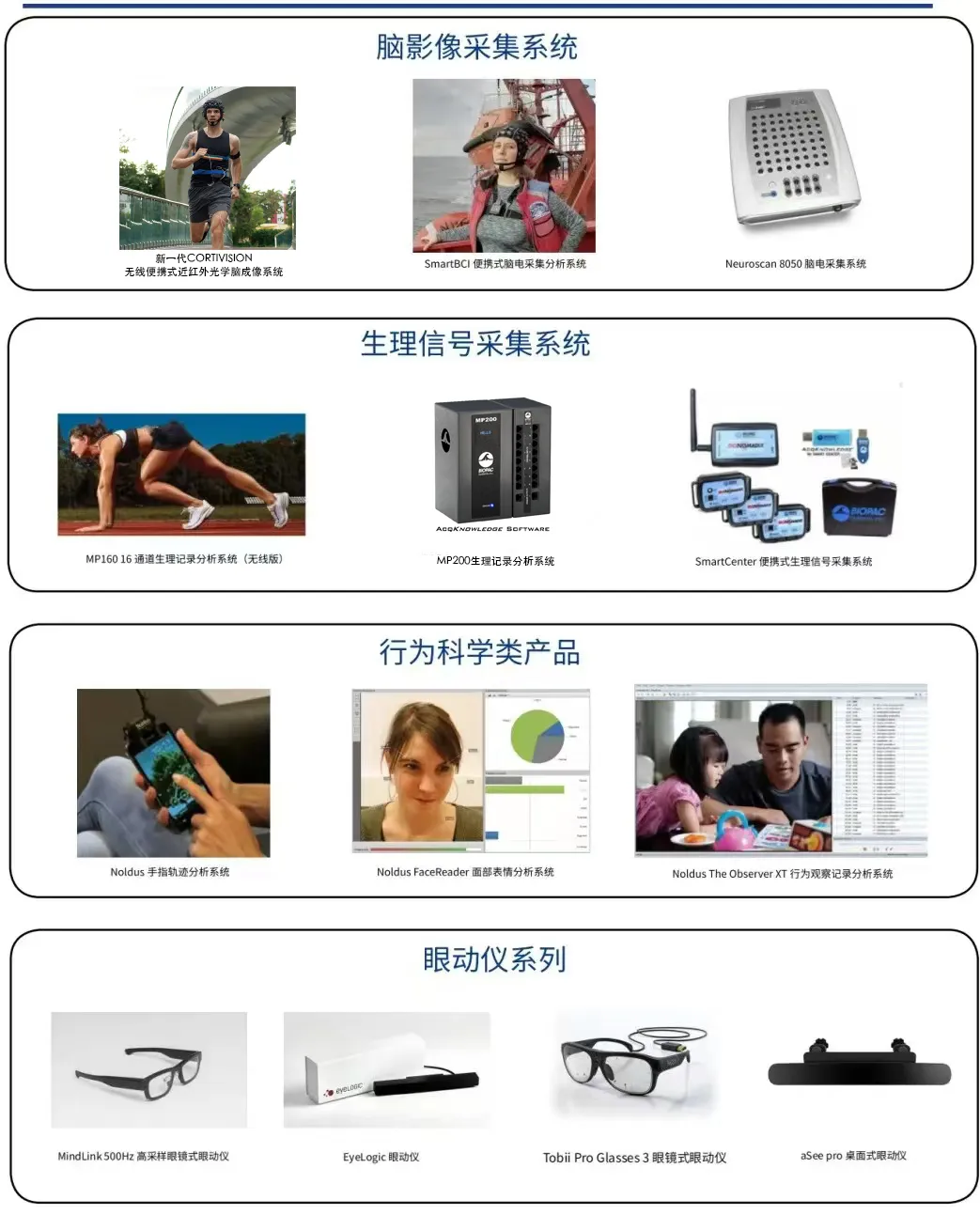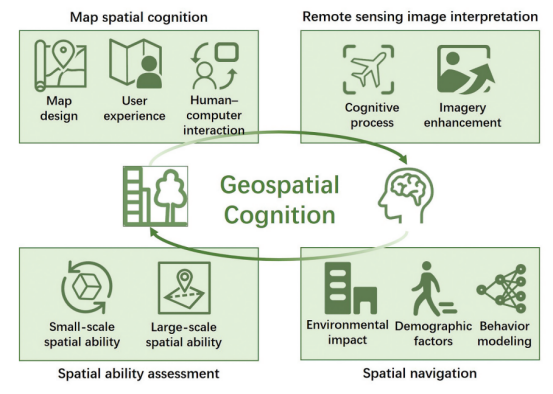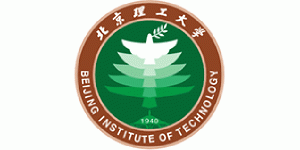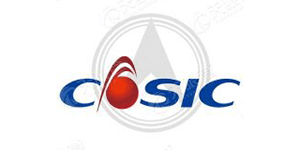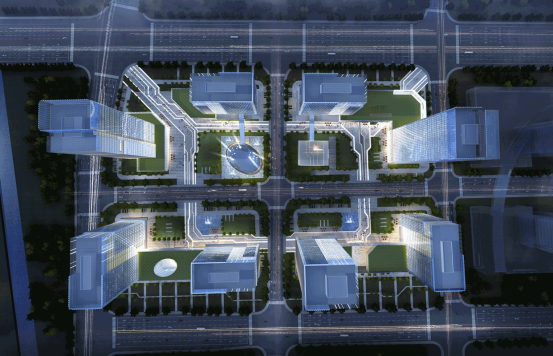

Research Background
Geospatial cognition is the process by which humans perceive geographic information, maintain spatial representations in memory, and manipulate these representations to guide behavior. Studying geospatial cognition helps geographic information scientists understand the impact of the environment on human psychology and develop more personalized geovisualization methods. In recent years, as geospatial applications such as smart maps, autonomous driving, and intelligent remote sensing interpretation have flourished, the demand for "human-centered" research has increased, prompting researchers to gain a deeper understanding of spatial cognitive processes at the neural level. Past studies have relied on questionnaires and behavioral measurements, which capture subjective experiences and observable behaviors, but do not directly measure the neural mechanisms that drive these behaviors.
Therefore, this paper proposes a research framework that combines psychology and neuroscience with the aim of unraveling these mechanisms and exploring the application of the framework to four key areas: map spatial cognition, remote sensing image interpretation, spatial navigation, and spatial ability assessment.
01
Research framework
The new framework for geospatial cognition research integrates psychological and neuroscientific approaches and covers four key steps: experimental design, data preprocessing, statistical analysis, and behavioral modeling.
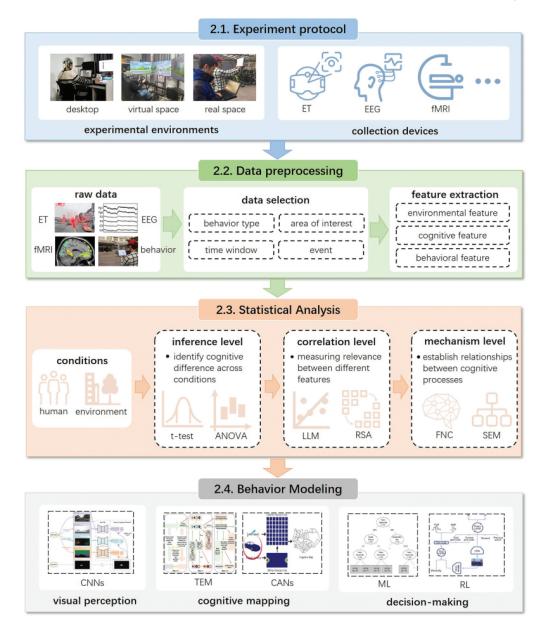


02
Research applications
03
Challenges and objectives
summarize
With the rapid development of technologies such as smart maps, automatic driving and intelligent remote sensing interpretation, geospatial cognition research has become increasingly important. In this paper, we propose a research framework that combines psychology and neuroscience to delve into the neural mechanisms of geospatial cognition through eye tracking, electroencephalography, functional magnetic resonance imaging, and other techniques. The framework not only contributes to the understanding of environmental influences on human psychology, but also supports the development of more personalized geovisualization tools. However, challenges remain. The end of the paper points out the problems and future directions of the study in terms of signal acquisition, experimental design, data fusion, and artificial intelligence application, aiming to provide a reference for subsequent geospatial cognition research.
Original Message



Hei, Q., Yang, T., Dong, W., He, B., & Han, D. (2025). Leveraging psychology and neuroscience for geospatial cognition research. Annals of GIS, 1-13. https://doi.org/10.1080/ 19475683.2025.2451228

Company Profile
